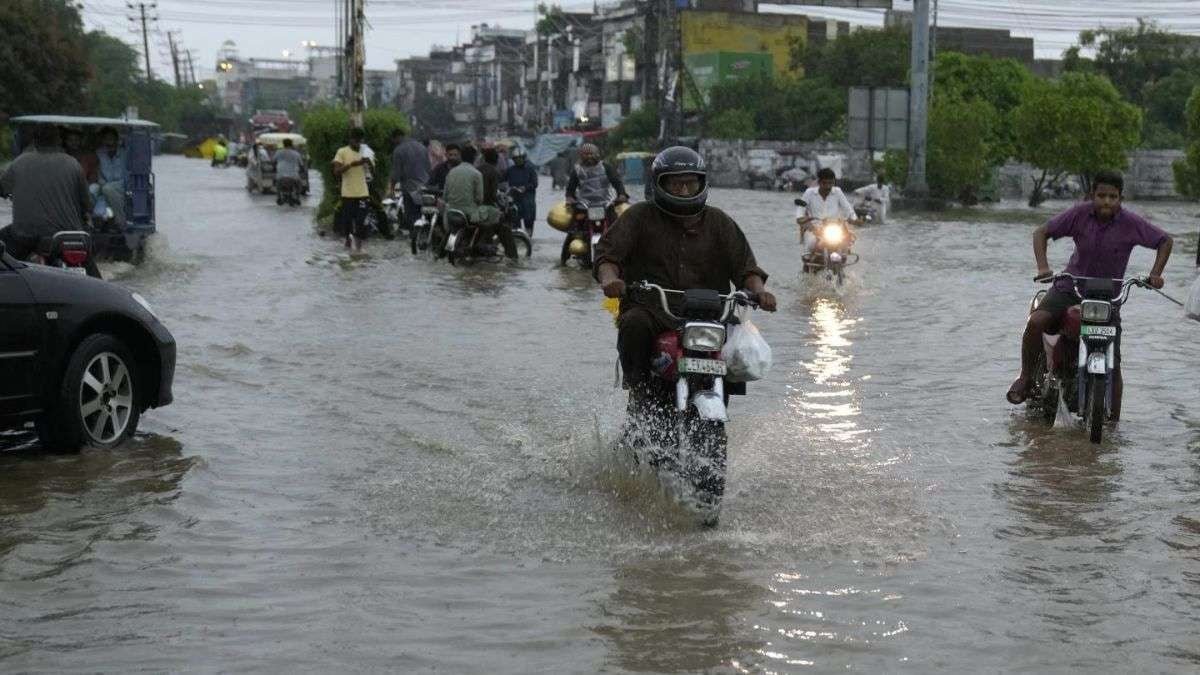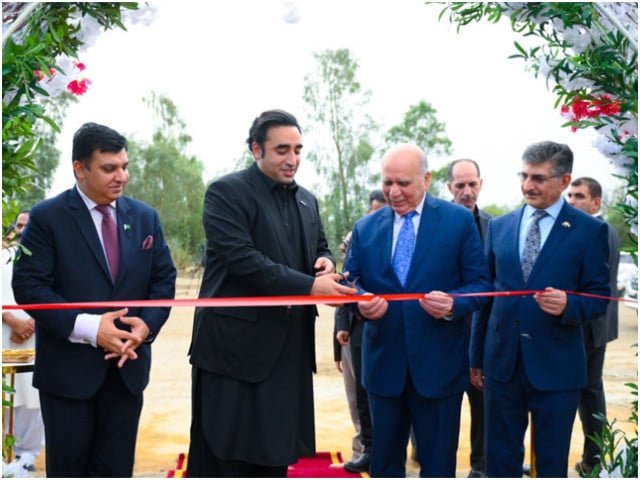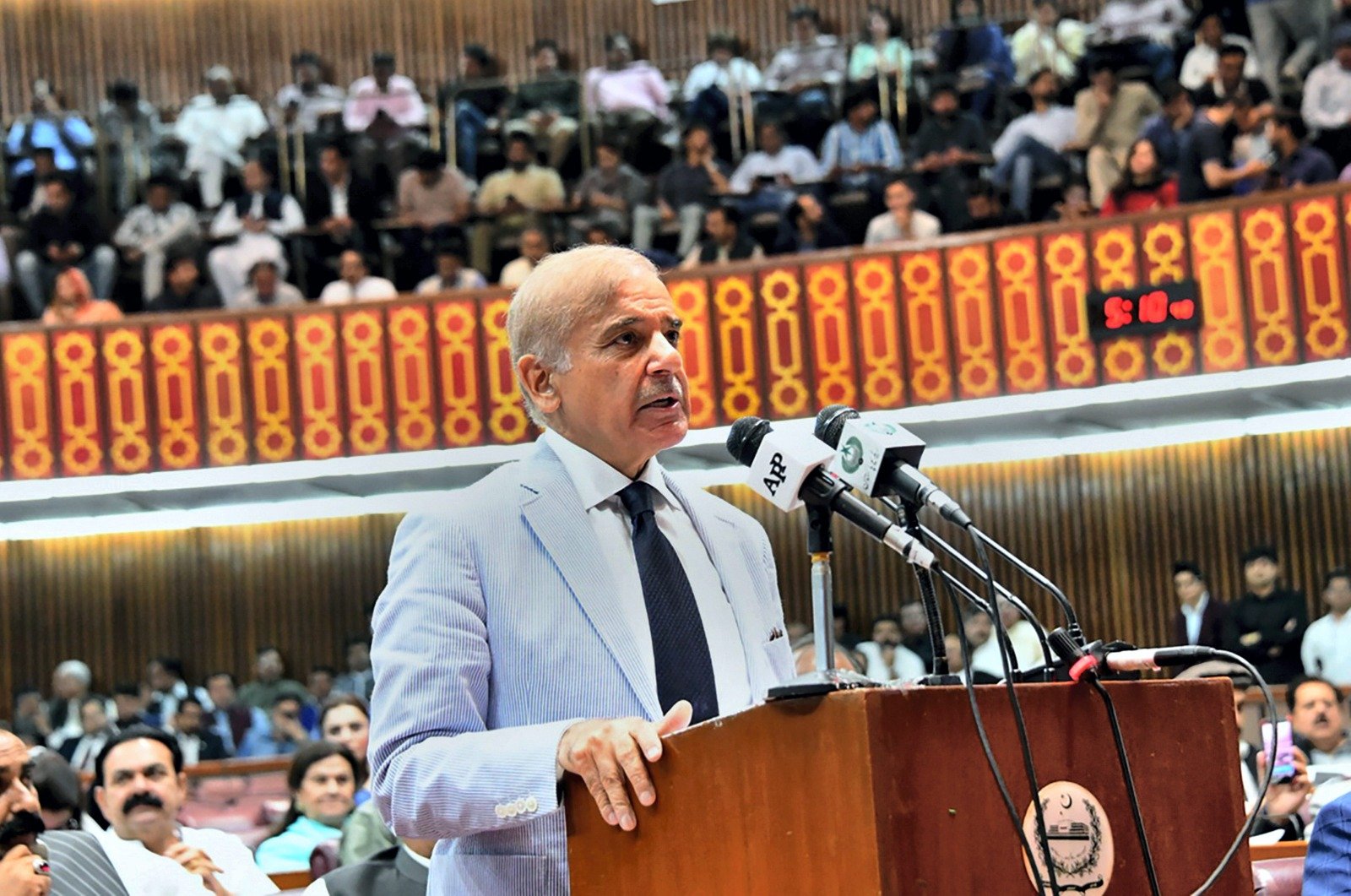Heavy Rain and Thunderstorms to Lash Pakistan: High Alert Issued

The Met Department has issued a comprehensive forecast indicating that heavy rain is expected in Islamabad, its surrounding areas, and various districts across Khyber Pakhtunkhwa, Punjab, and Balochistan. With the monsoon season currently at its peak, authorities have been prompted to take precautionary measures to mitigate the impact of these weather conditions.
Current Weather Situation
Islamabad and Rawalpindi
- Heavy Rainfall:
Islamabad and Rawalpindi experienced heavy rain in the early hours of the morning. This has led to an emergency declaration by the Water and Sanitation Agency (WASA) in Rawalpindi. - Waterlogging Issues:
- Amarpura: The low-lying area of Amarpura is facing severe waterlogging due to blocked drains and sewers, which has exacerbated the situation. Despite a temporary halt in rainfall, the waterlogging persists, causing significant inconvenience to residents.
- Forecast:
The weather forecast predicts continued rain at intervals in the Twin Cities, which necessitates ongoing vigilance and preparedness from both authorities and residents.
Khyber Pakhtunkhwa (KP)
- Affected Areas:
The Met Department has forecasted rain in several districts of KP, including:- Dir
- Swat
- Kohistan
- Abbottabad
- Mansehra
- Haripur
- Buner
- Mardan
- Peshawar
- Swabi
- Nowshera
- Kohat
- Karak
- Lakki Marwat
- Bannu
- Waziristan
- Dera Ismail Khan
Residents in these areas should remain alert and take necessary precautions against potential flooding and landslides.
Punjab
- Rainfall Prediction:
Heavy rain is expected across a wide swath of Punjab, impacting several districts, including:- Lahore
- Sheikhupura
- Sialkot
- Narowal
- Mandi Bahauddin
- Gujrat
- Hafizabad
- Gujranwala
- Sahiwal
- Pakpattan
- Kasur
- Okara
- Sargodha
- Mianwali
- Khushab
- Faisalabad
- Jhang
- Toba Tek Singh
- Murree
- Galiyat
- Rawalpindi
- Attock
- Chakwal
- Jhelum
- Bahawalnagar
- Dera Ghazi Khan
- Taunsa
- Rajanpur
- Bhakkar
- Layyah
The forecast for continuous rain in these districts necessitates that residents remain informed about the weather conditions and adhere to advisories from local authorities.
Balochistan
- Weather Conditions:
The weather in Balochistan will remain predominantly hot and humid across most districts, but rain is anticipated in specific areas such as:- Zhob
- Musakhel
- Barkhan
- Kohlu
- Surrounding Areas
The anticipated rainfall in these regions may lead to isolated flooding and should be monitored closely by residents.
Sindh
- Light Rainfall Forecast:
The coastal areas of Sindh are expected to experience light rain. While not as severe as other regions, this precipitation may affect local travel and outdoor activities.
Monsoon Season Projections
Duration
The monsoon season is expected to continue until August 6, as per the National Disaster Management Authority (NDMA). During this period, rainfall is forecasted to persist across most parts of the country, bringing increased risks of flooding and landslides.
NDMA’s Comprehensive Warning
The NDMA has issued a comprehensive warning regarding the potential hazards associated with the ongoing monsoon season:
- Flood Risk Areas:
- High-Risk Zones: Areas identified as high-risk include DG Khan, Rajanpur, and the Koh-e-Sulaiman and Kirthar mountain ranges, where there is a significant threat of flooding.
- Urban Flooding: Urban flooding is anticipated in major cities, including:
- Rawalpindi
- Islamabad
- Lahore
- Gujranwala
Additional cities at risk include:
- Sialkot
- Sargodha
- Faisalabad
- Multan
- Sahiwal
- Nowshera
- Peshawar
Residents in these urban centers are advised to remain vigilant and prepare for potential flood conditions.
- Landslide Warnings:
- At-Risk Regions: The NDMA has warned of potential landslides in:
- Upper Khyber Pakhtunkhwa
- Murree
- Galiyat
- Kashmir
- Gilgit-Baltistan
Travelers and residents in these mountainous regions should exercise caution and stay updated on weather conditions to avoid hazardous situations.
- At-Risk Regions: The NDMA has warned of potential landslides in:
- River and Watercourse Monitoring:
- Increased Flow: All major rivers and adjacent watercourses are expected to experience an increase in flow, heightening the risk of widespread flooding. The NDMA has emphasized the critical need for proactive disaster management to mitigate the impact of these natural events.
Precautionary Measures and Advisories
For Residents
Residents in affected areas are advised to take the following precautions:
- Stay Informed: Keep up-to-date with the latest weather forecasts and advisories from local authorities.
- Prepare for Evacuation: In high-risk areas, be ready to evacuate if instructed by officials, and have an emergency kit prepared with essential supplies.
- Avoid Flooded Areas: Steer clear of waterlogged streets and areas prone to flooding, as these pose significant safety risks.
- Secure Property: Ensure that personal property is secured against potential damage from flooding or strong winds.
- Check Drainage Systems: Make sure that drainage systems and gutters are clear of debris to prevent waterlogging and potential flooding.
For Authorities
Local and provincial authorities are advised to:
- Mobilize Resources: Allocate necessary resources and personnel to respond swiftly to emergencies arising from the monsoon conditions.
- Coordinate with NDMA and PDMA: Ensure effective communication and coordination with the National and Provincial Disaster Management Authorities to implement proactive disaster management strategies.
- Monitor Rivers and Watercourses: Keep a close watch on river levels and watercourse conditions to predict and respond to flooding events promptly.
- Alert and Educate the Public: Continuously inform the public about weather conditions, potential hazards, and safety measures to minimize the impact of the monsoon season.
As the monsoon season continues to impact various regions across Pakistan, the combination of heavy rainfall, potential flooding, and landslides underscores the importance of vigilance and preparedness. Residents, local authorities, and disaster management bodies must work together to mitigate the risks and ensure the safety of communities affected by these challenging weather conditions. The NDMA’s alerts serve as a critical reminder of the need for proactive disaster management and readiness to respond effectively to natural events.










